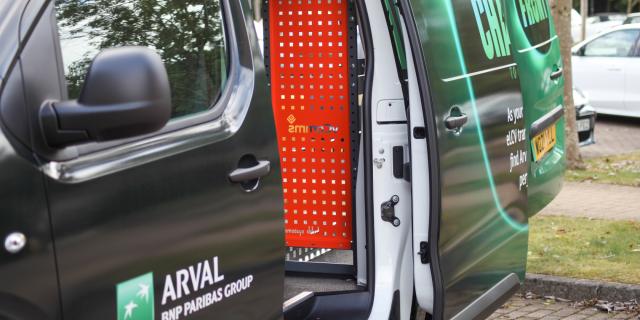AT ARVAL, WE’RE DRIVEN BY YOU
Service, Sustainability and Solutions. It sounds so simple. But these are the benefits that set us apart from the rest. And it’s through these three S’s, that we’re able to give you total support – both on and off the road.
Arval expertise
Arval expertise
Latest news
Latest news
Safety
01.08.2023
Research
01.08.2023
Research
28.07.2023







